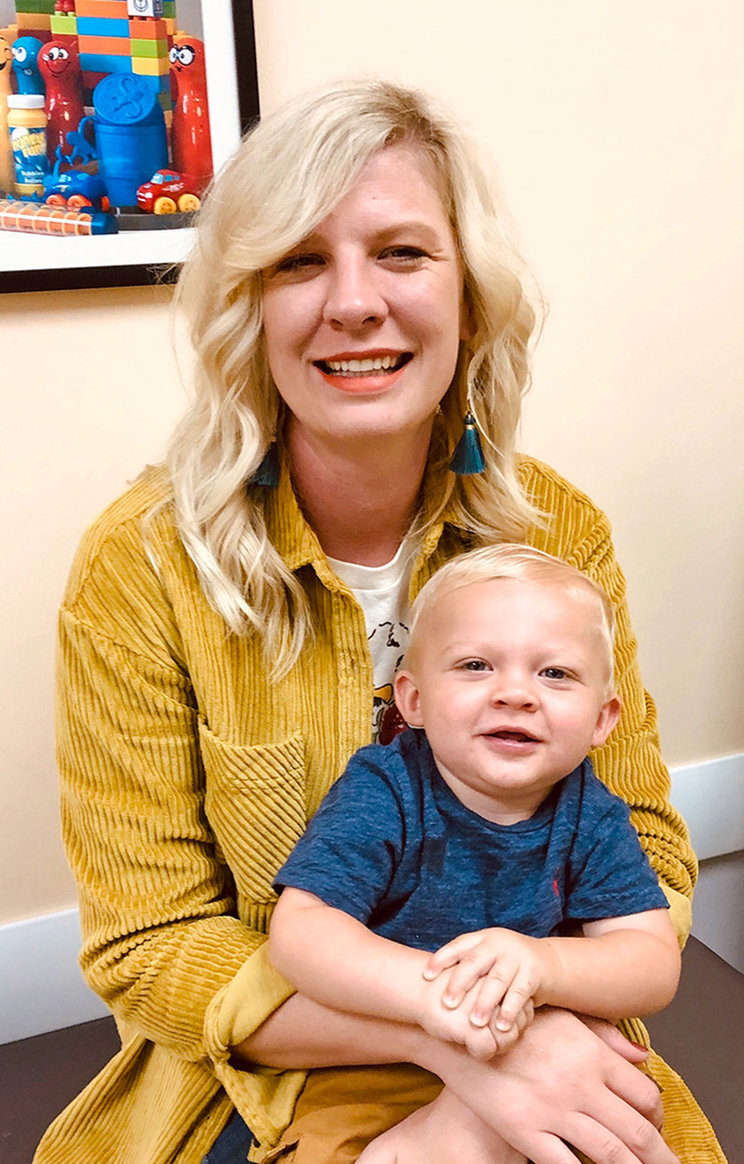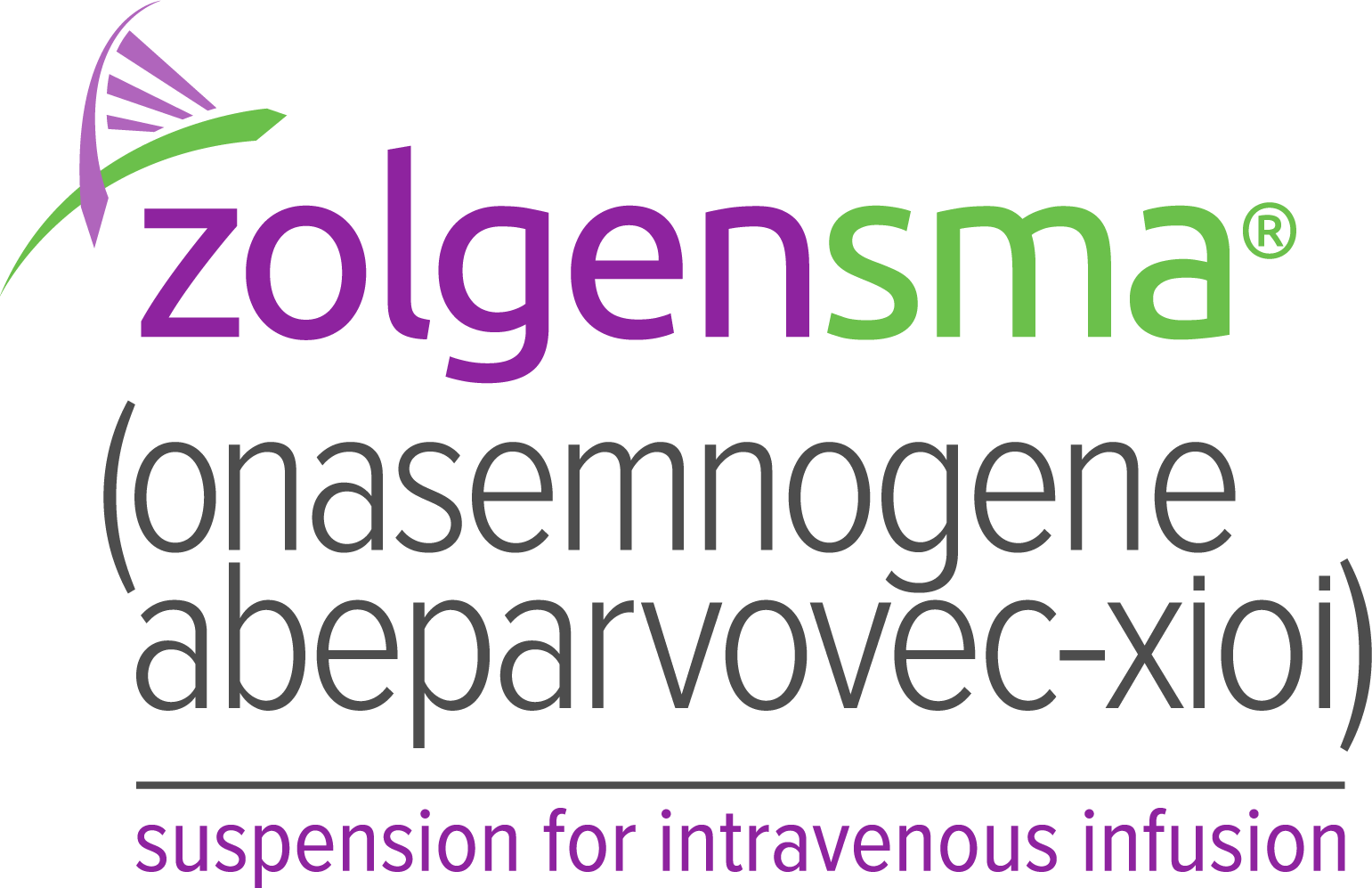
The one-time-only dose to stop SMA progression
ZOLGENSMA is a gene replacement therapy for pediatric patients less than 2 years of age with spinal muscular atrophy (SMA) that is delivered as a single-dose, 1-hour infusion. Baseline tests and post-infusion monitoring for at least 3 months after infusion are required. Administration of a systemic corticosteroid before and after infusion is also required.1

Novartis Patient SupportTM and provider support
"It was amazing to have [Novartis Patient Support] reach out so quickly because we felt like we had someone in our corner."
— Nicole, Brady’s mom
